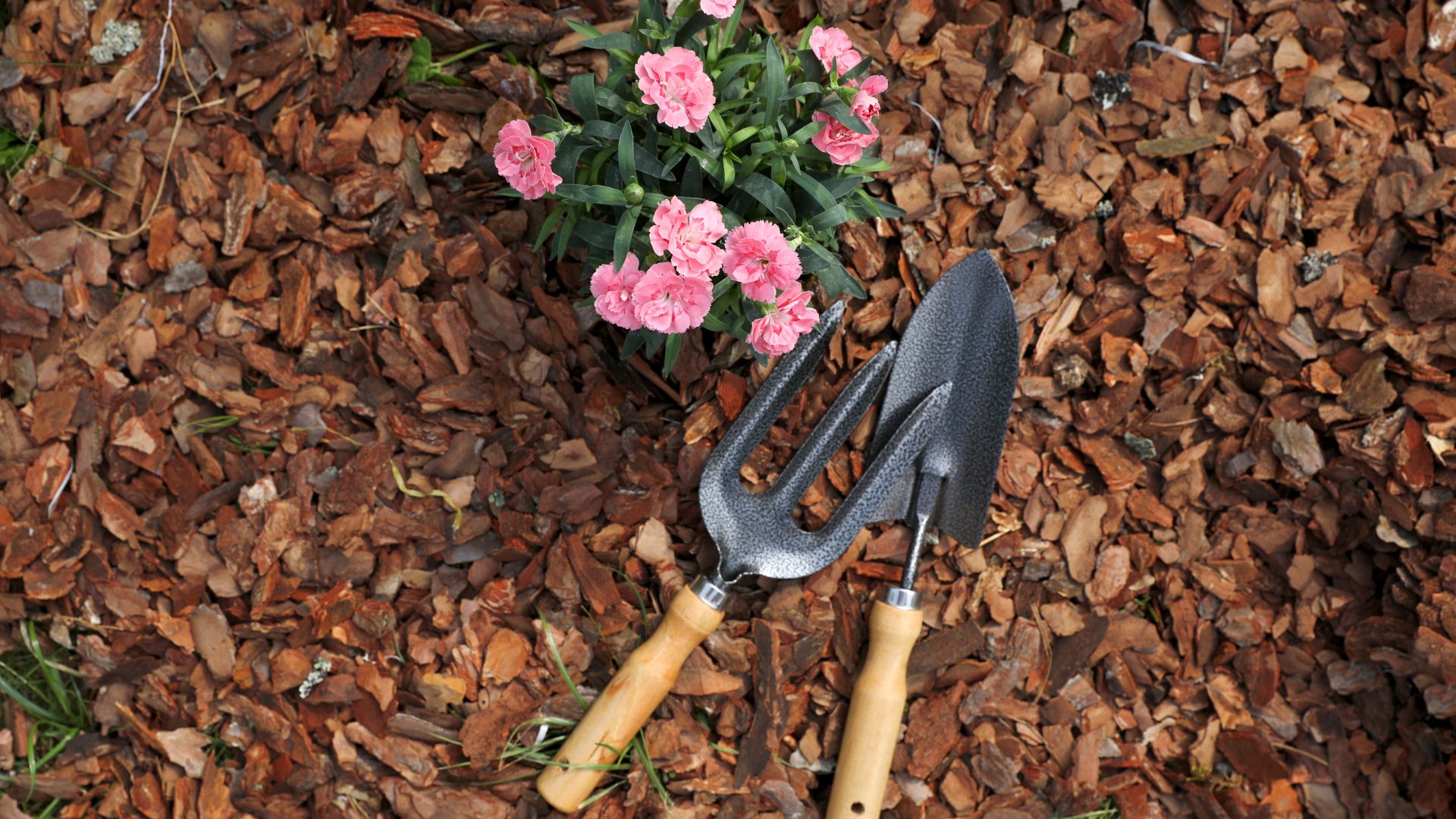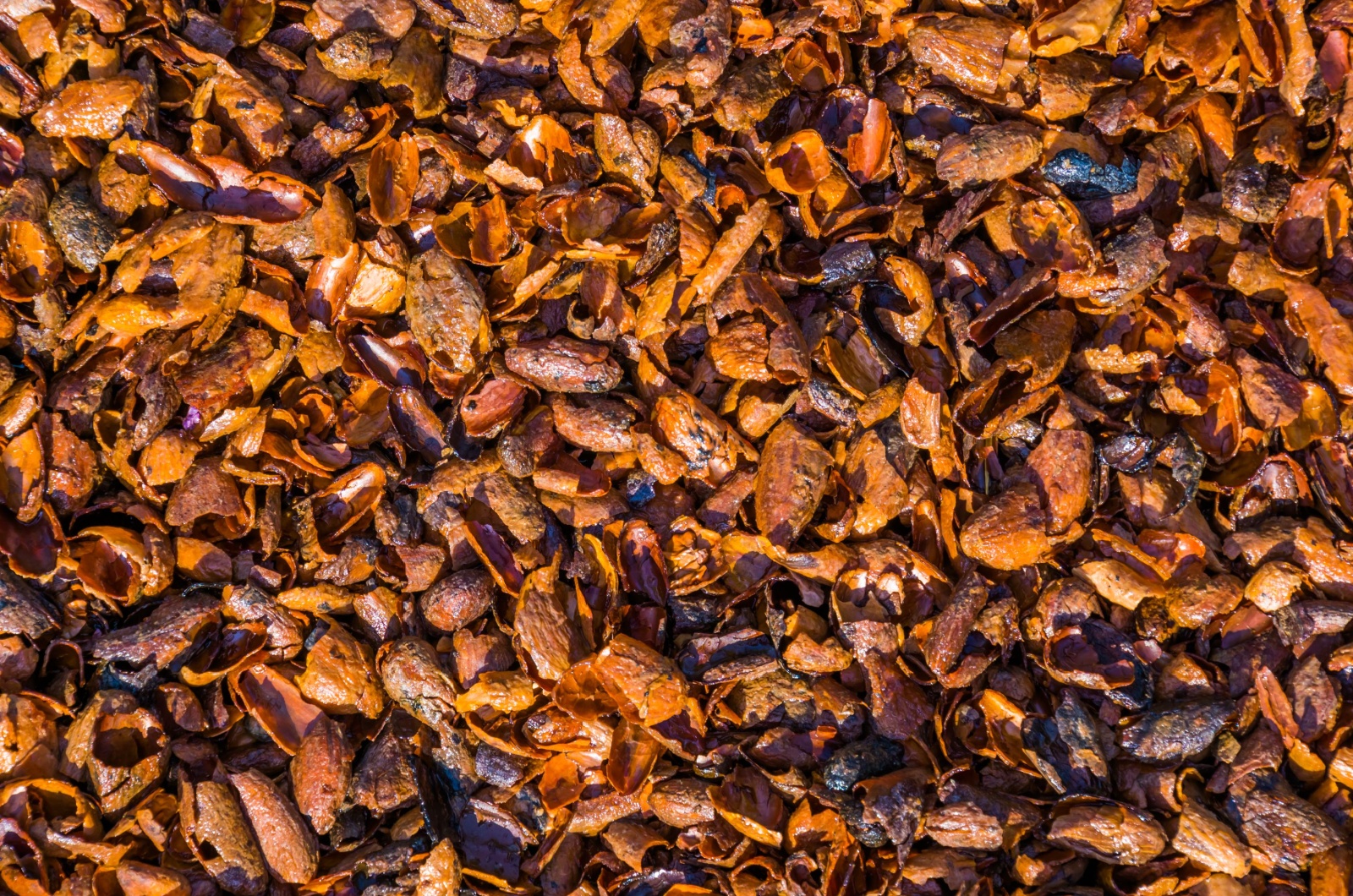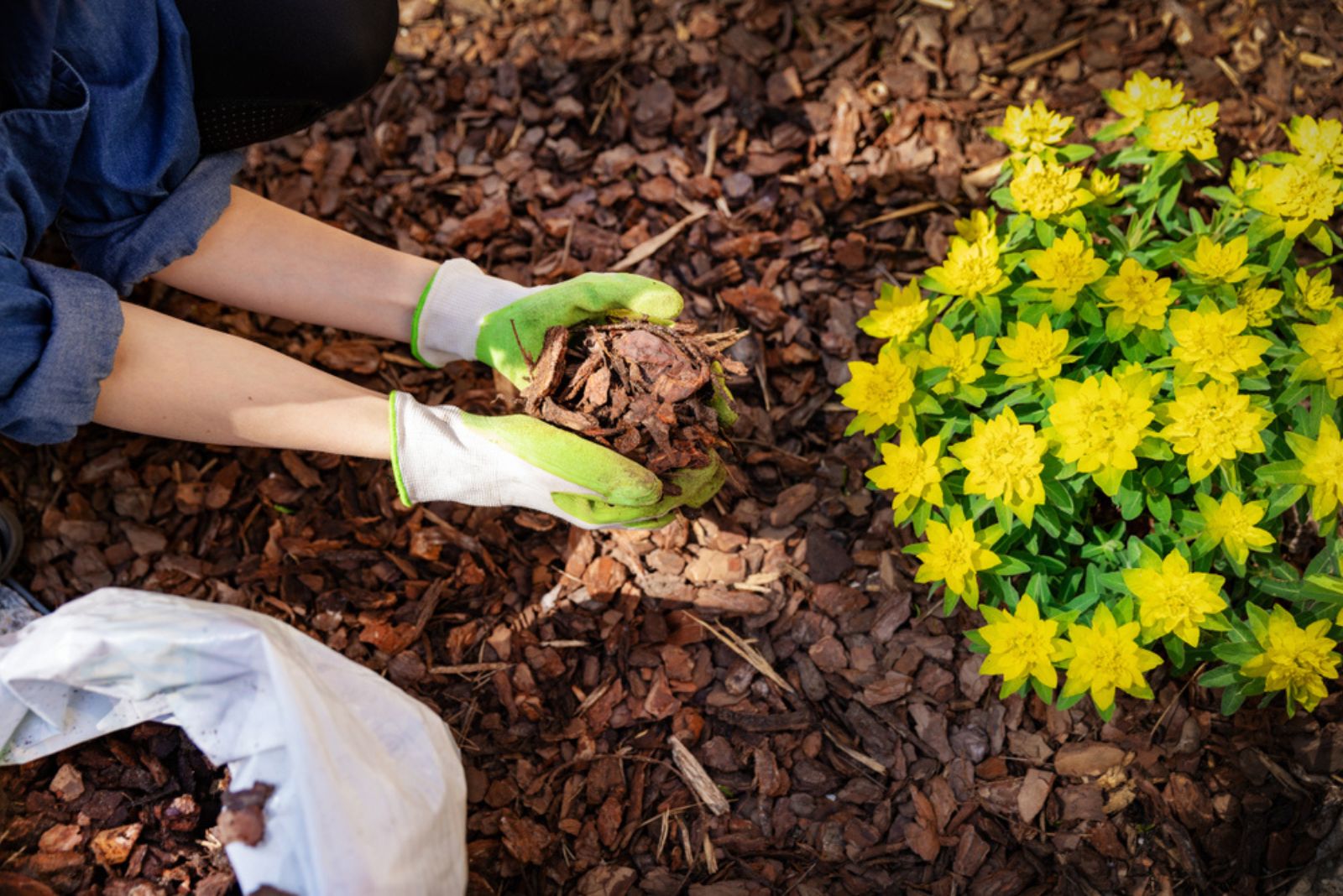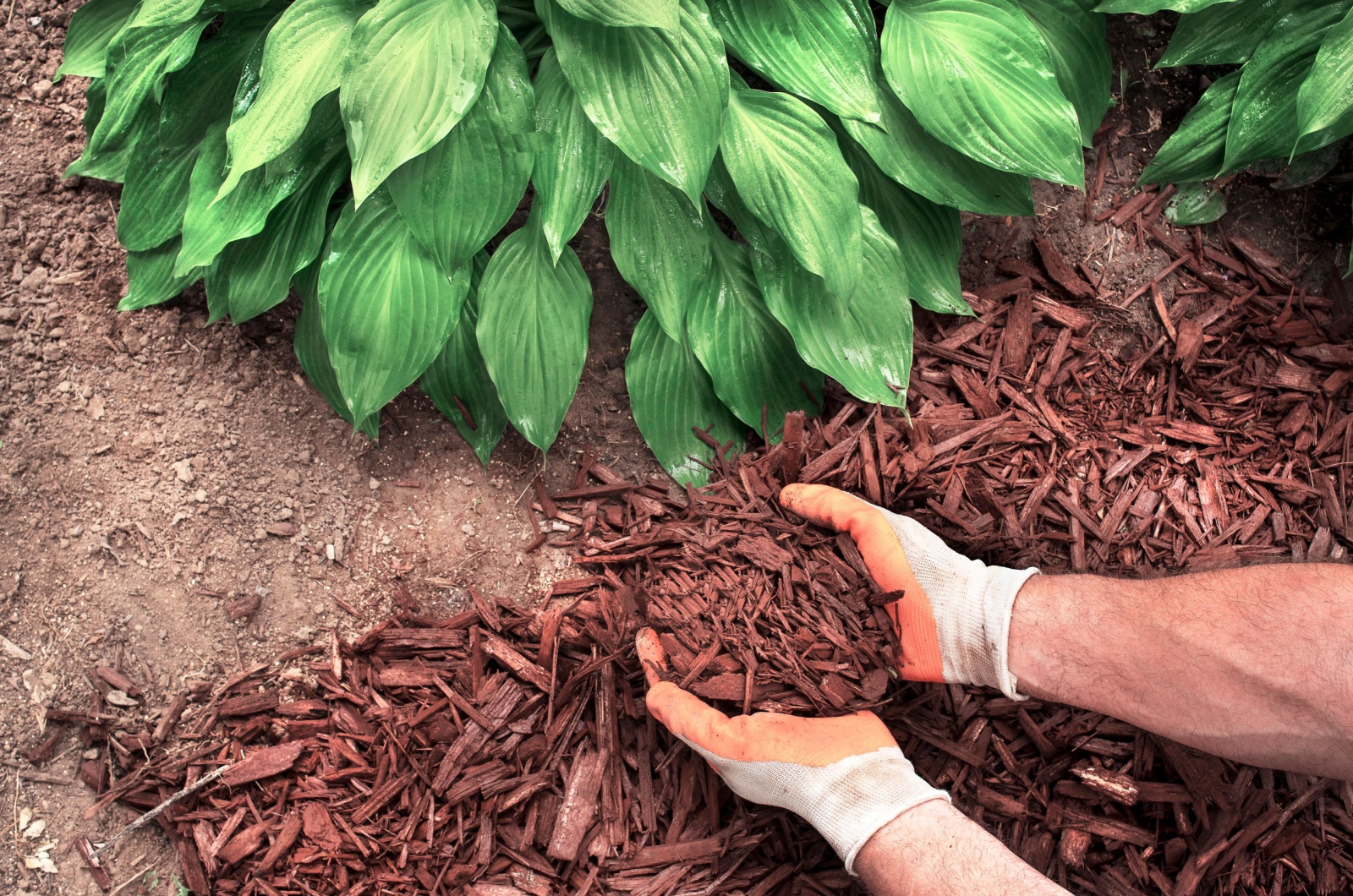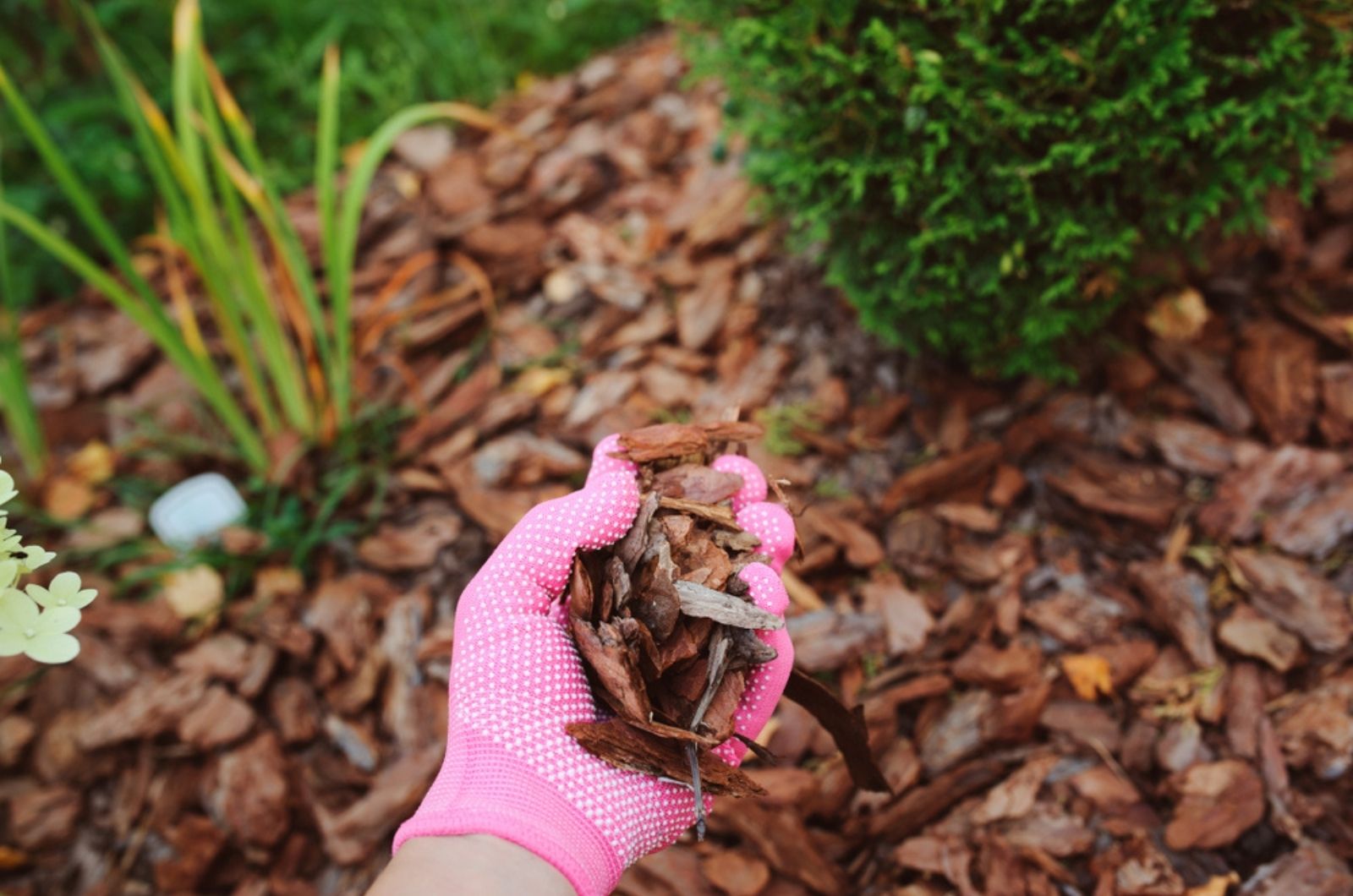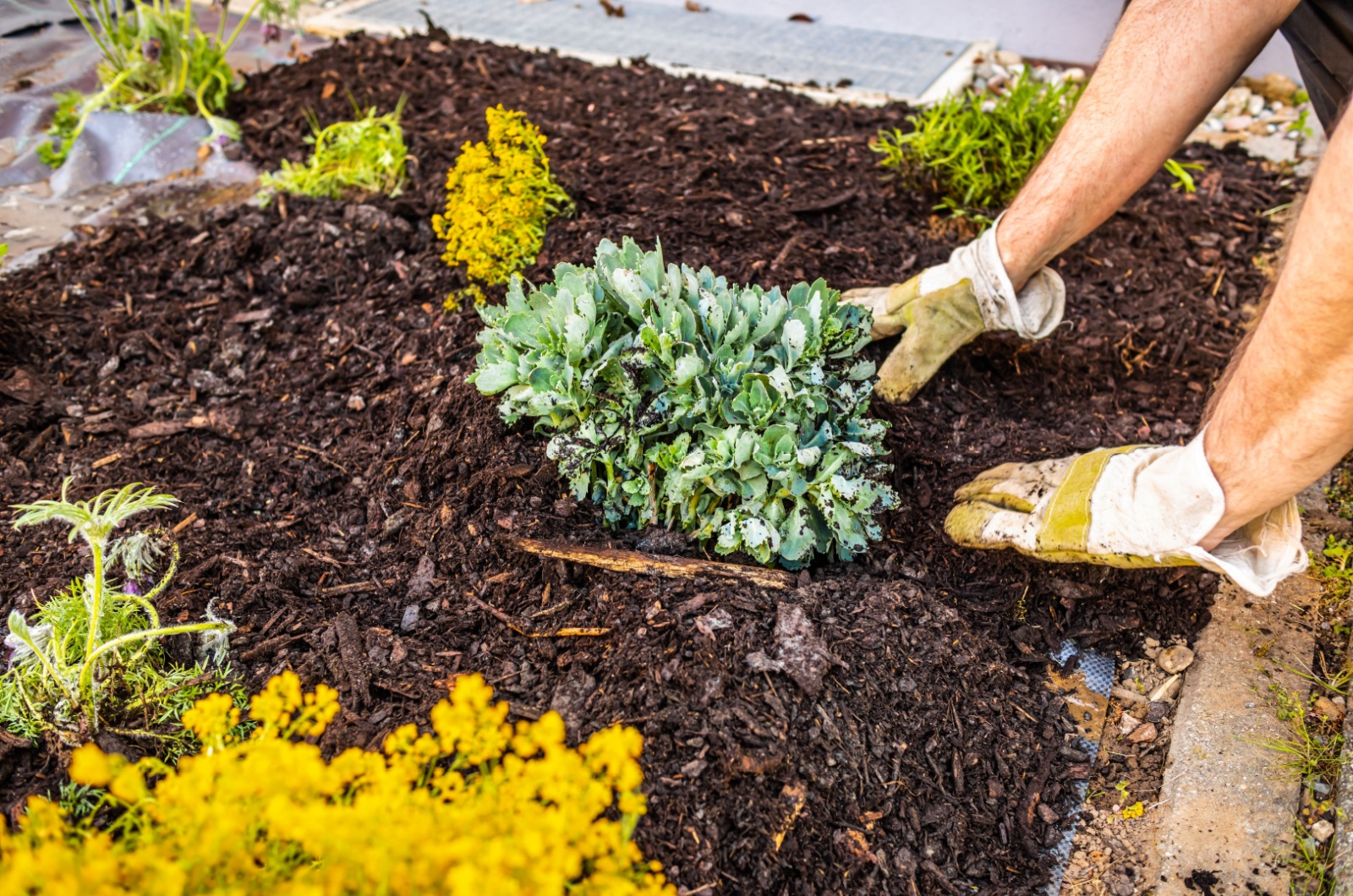When I first added mulch to my garden, I was thrilled. It made everything look neat and tidy, and I thought I’d found the secret to the perfect garden. But, oh boy, things took a turn!
After a few weeks, I started running into some unexpected issues. For starters, my once beautiful mulch began to attract a surprising number of pests (ants and slugs seemed to love the stuff!).
Then, I found out that mulch could actually create a perfect hideout for weeds. And I’ve spent so much time and energy trying to get rid of those.
That got me thinking – was I using mulch right? Did I know everything there is to know about it? Of course I didn’t.
But now that I’ve used mulch for a couple of years in my garden, I can give you some tips to keep things running smoothly (and avoid these issues I had to deal with).
1. Turns Out, Mulch Can Be Toxic
I’m a huge fan of chocolate (I mean, who isn’t?), so when I stumbled upon cocoa bean mulch, I was excited to try it out – until I discovered that the cocoa shells in this mulch are toxic to our furry friends!
I have a cute little pekingese, so it was a no-go for my garden.
Then there’s rubber mulch. I know it sounds eco-friendly, but it’s not exactly the best option for the environment. This stuff doesn’t break down, so it doesn’t add any nutrients to the soil and it might leak chemicals that can be harmful to your plants.
Not the greenest choice for your garden, if you ask me.
On a more positive note, you can sometimes score free mulch from tree or utility companies, which is great. However, you have to be cautious because you don’t want to end up with mulch from a black walnut tree.
The toxins found in black walnuts can seriously mess with your garden.
Lastly, dyed mulch (like that sleek black stuff) might look good, but it could be made from recycled wood that’s been treated with all sorts of chemicals. These can be harmful to both plants and critters, and even worse, the dyes might not be the safest.
So, while it might look cool, it’s better to avoid it if you’re aiming for a truly green garden.
Looking for the best mulch option? Check here: What Is The Best Mulch For A Vegetable Garden?
2. It Can Also Be Flammable
Wildfires are on my mind a lot these days, especially during this heat wave. Therefore, it’s better to pick your mulch with care, especially if it’s near your home or any wooden structures.
While most mulch is made from organic material and can catch fire, some types are more flammable than others.
For instance, fine or stringy mulches like pine needles, shredded cedar bark, and shredded rubber can ignite quickly (I always thought pine needles were the best for mulching, but now? Well, not exactly!).
If you’re looking for something more fire-resistant, go for inorganic options like decomposed granite, rocks, or gravel.
And if you live in a fire-prone area, opt for fire-resistant inorganic mulch within 5 feet of your home to help keep the flames away!
3. Mulch Can Be Installed All Wrong
I always thought that you just had to lay your mulch however you want and that’s it. Turns out, it doesn’t exactly go that way.
You have to follow some basic rules when installing mulch if you want to make the most out of it (i.e. prevent bacteria, pests, and weeds).
First, aim for a depth of about two to four inches for best results. Next, clear away weeds as much as you can before laying down the mulch (just skip the harsh chemicals like RoundUp).
A thick mulch layer will smother most weeds, but those stubborn ones might still sneak through. For larger areas, you might want to use a permeable weed cloth before adding the mulch.
And here’s a tip from my experience: avoid creating mulch “volcanoes” around your plants and tree trunks (these didn’t work as well as I hoped).
It’s better to keep the mulch about three inches away from the base to ensure good air circulation and prevent rot or disease.
Remember, too much mulch piled up against trunks can lead to water retention and potential issues.
Related: Is Using Too Much Mulch In Your Garden A Bad Idea?
4. There Are Plenty Of Mulch Options
Did you know that there are tons of options for mulch, from gravel and grass clippings to straw, leaves, and compost? That’s right, you can choose one that fits your garden needs the most.
Compost is great because it boosts microbial activity and adds nutrients to your soil as it decomposes. On the other hand, gravel lasts longer and doesn’t need frequent topping up.
The key is to pick mulch that fits your budget, garden style, and specific needs.
Related: Wood Chips Vs Mulch: Which One Is Better For Your Garden?
5. You Have To Refresh Mulch
I would recommend you to regularly check if your mulch needs refreshing (it’s best to do this in spring and fall).
Look for bare spots, exposed irrigation, or areas where runoff might have washed it away.
If you find any of these issues, think about having a fresh load delivered to your home (or opt for those in plastic bags).
The more you know about mulch, the better your garden will be. Choose your mulch wisely and don’t forget to top it off!
Related: How Often Should You Replace Mulch To Keep Your Garden Thriving?

